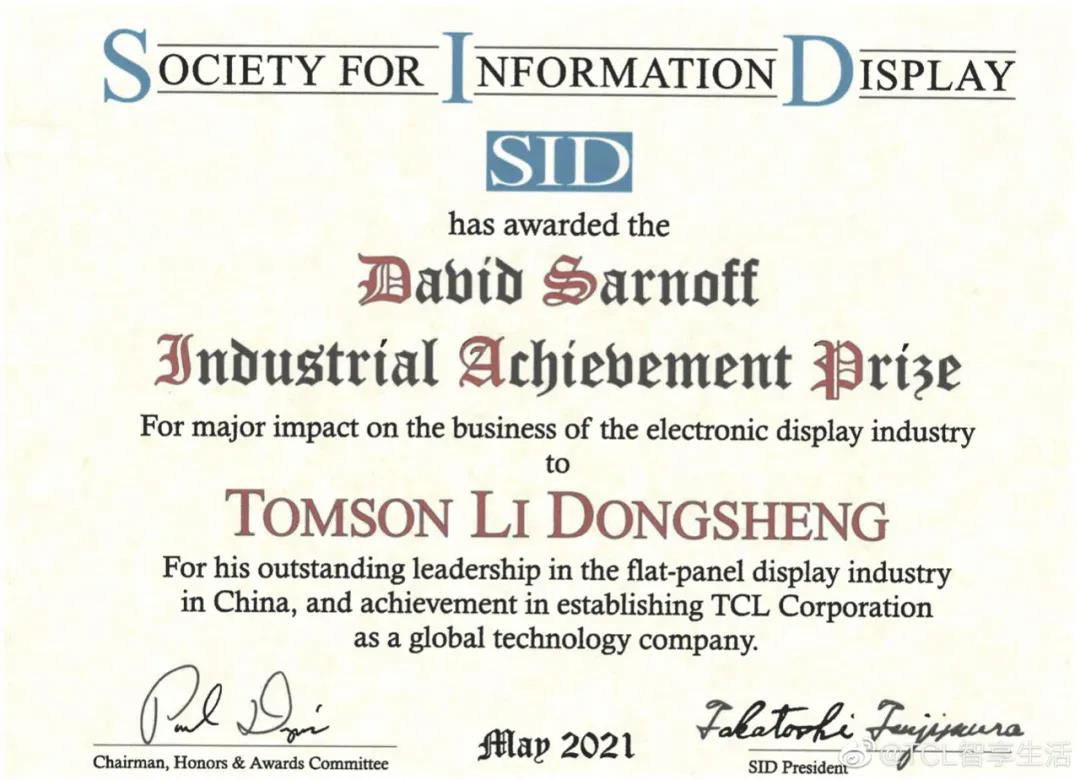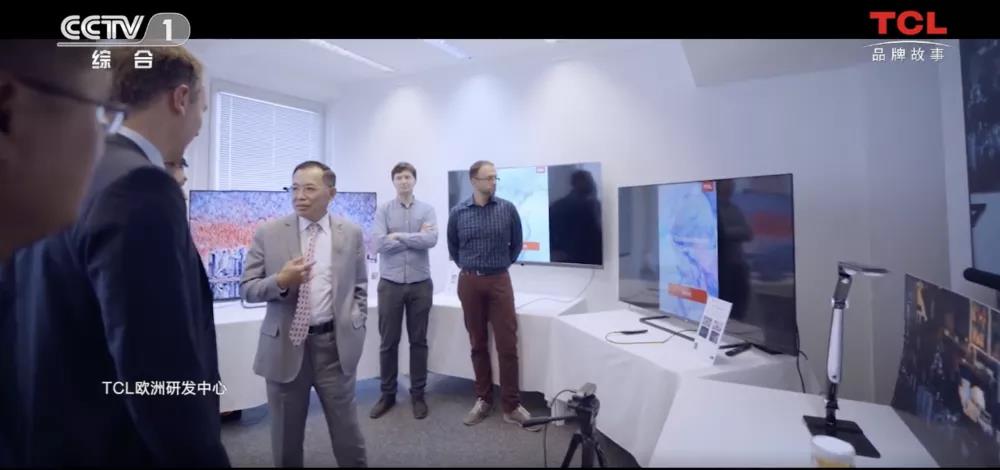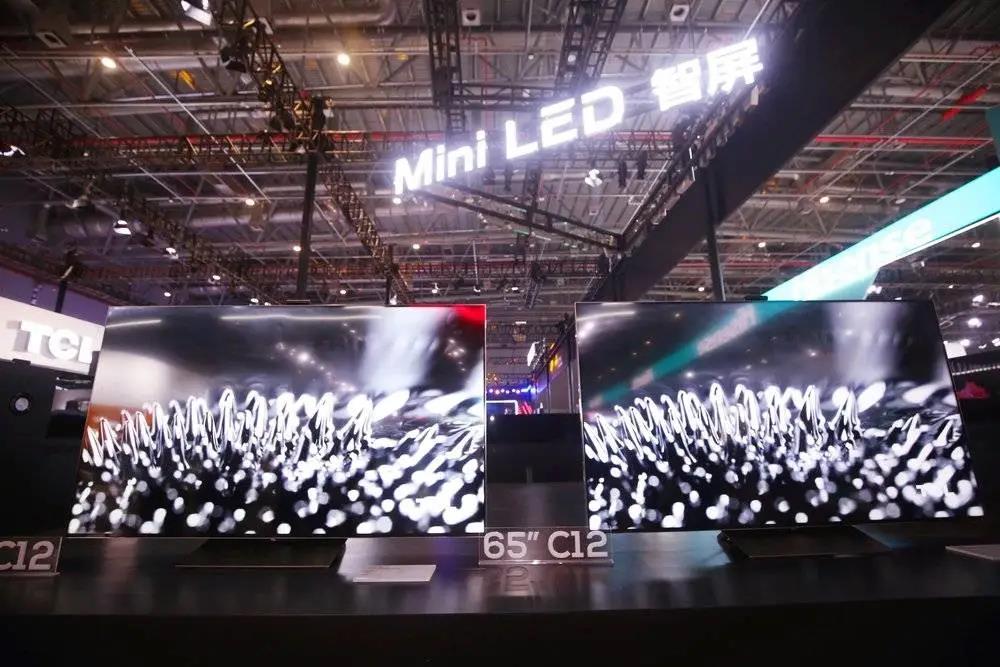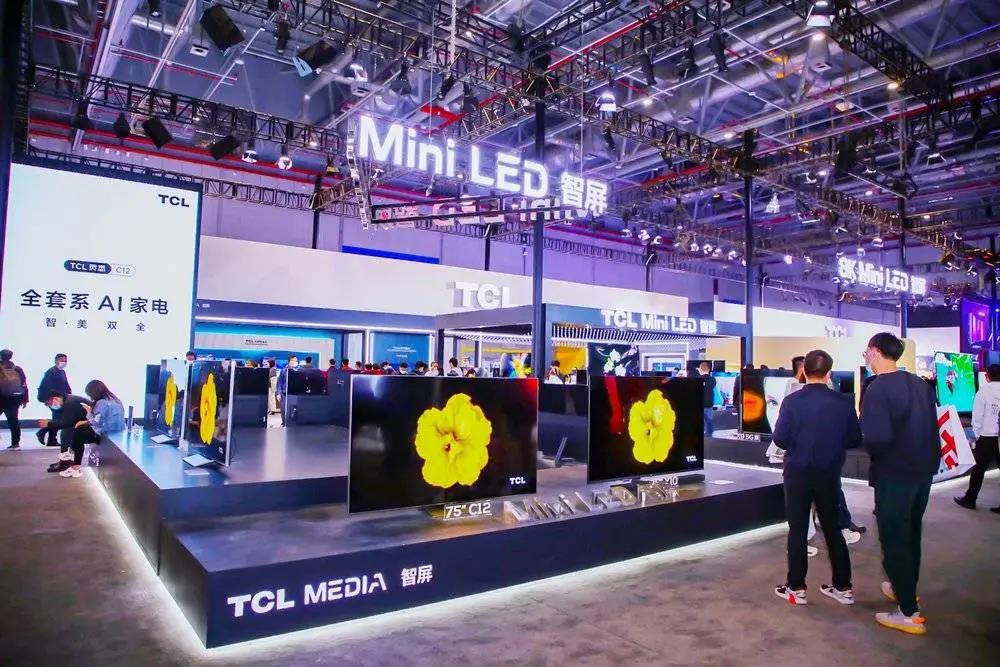At the Apple conference in the early morning of April 21, the purple iPhone was sent to the hot search, but it was the iPad Pro equipped with Mini LED that really exploded.
How greedy this technology is, everyone has experienced it at WWDC in June 2019. At that time, the Mac Pro, which was transformed from a "trash can" to a "grating device", was matched with the Pro Display XDR with explosive parameters. fairy combination. It is generally analyzed in the industry that Apple uses a "Mini LED" screen with a peak brightness of 1600nits to have such a crushing visual effect, but the starting price of $10,998 is enough to make die-hard fans empty 3 wallets.
Make black technology "approachable", this is the unique secret of Chinese manufacturers
The 21st Century Research Institute once sorted out the supply chain of Mini LED and found that there is an unknown Chinese force behind it. In this field, upstream and downstream enterprises in mainland China and Taiwan have invested 26.5 billion yuan in research and development expenses. Mini LED backlight module gives LCD the potential to compete with OLED, especially the glass substrate technology replaces the traditional PCB substrate, so that the large-sized light board also solves the problem of seam, and the products that come out are particularly good. For example, in August 2019, TCL Huaxing released the 75-inch Mini LED Star Screen. This revolutionary product has made Mini LED a challenger to OLED in the field of large-size high-end TVs. TCL was once the king of CRT in China and even in the world. Later, it seemed that the starlight was bleak. However, many people do not know that TCL, which has undergone transformation in the past ten years, has long been an invisible leader in the global panel field.
In the counter-cyclical cycle, LCD rises again
In 2005, the peak TCL Mercury retrograde, because of the rise of LCD, CRT is late. TCL originally estimated that this process would have a buffer period of 5-6 years, but the actual situation greatly exceeded the expectations of the founder Li Dongsheng. For CRT, the necessary conditions for high-definition digital TV are the definition of more than 720 lines. This is equivalent to a sentence of death for CRT. Within a year and a half, TCL suffered a loss of more than one billion yuan. Japanese and Korean companies took the opportunity to launch a 10-year "panel strangulation war". Take the screen's own weight", while earning excess profits. In order to break the blockade, in February and June 2009, the Ministry of Industry and Information Technology and the Taiwan Affairs Office of the State Council organized 9 color TV companies from mainland China to purchase panels in Taiwan for two consecutive times. At the same time, Korean companies did not hesitate to use cash orders to lock up their inventories in advance, creating panic for panels. Chinese color TV companies have fallen into the embarrassing situation of either having no screen available or working for others. Li Dongsheng, who was in pain, made a special calculation for this.
China's annual panel imports are 10 billion US dollars, equivalent to 150 Boeing 737s. If "panel freedom" cannot be achieved, the entire Chinese consumer electronics industry will be controlled by others. General managers make decisions by reading reports and calculating data. The panel industry is notorious for burning money, with long cycles, slow returns, thin profits, fast replacement, and short depreciation. Not to mention the financial crisis is still raging around the world. But Li Dongsheng's style of play is precisely counter-cyclical. His judgment is a complete logic chain. "When a color TV is sold, 80% of the money has to be paid to others." No one can bear it. The Chinese should have their own panel industry, which gave Li Dongsheng the greatest confidence. . Confidence and speed. TCL quickly formed a global technical team of more than 200 people in 3 months. The production line was lit in 17 months, and it took 10 months to achieve full production, laying the foundation for becoming a panel giant.
Choosed the hardest way, but never lost myself
TCL, which fell from the top of CRT, with Li Dongsheng's business sense, seized the fleeting material in the big chess game and returned to the C position, which also turned Chinese companies from "marginal people" to "terminators". In February this year, TCL's efforts were recognized by the industry, and Li Dongsheng won the "David Sarnoff Industrial Achievement Award" from SID (International Society for Information Display) - the highest award in the international display industry, in recognition of its contribution to the global display industry. Outstanding contribution to development.

Chart: SID (Society for Information Display) "David Sarnoff Industry Achievement Award" certificate
At the same time, the Mini LED industrialization bet has also paid off. TCL's Mini LED TV won the SID's 2021 Best Display Product Award. Now TCL has developed into a complex from display materials, templates, modules to complete machines to content operations. TCL likes new things and is willing to explore the unknown. In the Internet era, it is easy to grab the air, but the hard part is never forgetting the role of manufacturing. TCL is betting on the panel industry in an all-round way. In the eyes of others, one wrong step will lead to no redemption, but Li Dongsheng has done two things right.
1. Be willing to spend money on technology.
The rule of the panel production line is 2 years of construction, 1 year of climbing, and 3 years of full production. The foundation of everything is technology. In the past five years, TCL's annual R&D investment has increased from 4.27 billion yuan to 9.64 billion yuan, with a total investment of more than 30 billion yuan. It has invested heavily in new display technologies, key materials and equipment such as Mini LED, printed OLED, QLED and Mirco-LED. . On the basis of independent innovation, TCL has built its own patent barriers, and the cumulative number of patent applications is close to 80,000, of which the quantum dot public patent ranks second in the world.
2. The productization of Mini LED drives industrialization.
According to the estimates of avc revo, the global large-size TV market this year will have 6 million units of OLED and 4 million units of Mini LED. The growth rate of the latter obviously outperforms the market, and it is the general trend to compete with OLED. Trend force estimates, By 2025, Mini LED will reach 35.5 million units. In the past, Mini LED has always been considered as a transition product from LCD to OLED. Now it has been proved that Mini LED is the best choice for large-size TV. Even Apple has come out to endorse it. On the LED technology roadmap, TCL was the first to develop and mass-produce Mini LED TVs. Last year, the global sales share exceeded 90%. Once, some people thought that Li Dongsheng led TCL to a single-plank bridge that could not be turned back, but now it seems to be a shortcut to the other side.

Image source: CCTV "Big Country Brand" column
TCL is crazy
The global panel industry has undergone three reshuffles. At the earliest, Japan digested and absorbed American inventions and established the first generation of real panel industry system. Then Japan fell into the "lost decade", South Korea took the opportunity to make intensive investment for 7 years, and finally in 1998, Samsung achieved a counterattack and became the global panel king. Now it is the turn of Chinese panels to force Japanese and Korean companies to withdraw from the LCD business. According to DSCC's estimates, South Korea still controls the main production capacity of OLEDs, but judging from the start-up and full production lines, the OLED production capacity of China and South Korea will reach a balance by 2025. South Korean media ChosunBiz analyzed that it will take about 3 years for China to achieve mass production of large-size OLEDs. If Samsung and LG can upgrade their competition to the OLED era as soon as possible, they can repeat the drama of "relying on the screen". However, there is a key breakpoint in this logic, which is to seriously underestimate the power of Mini LED to tap the potential of LCD infinitely. Mini LED has a high yield rate, long lifespan, and it is easier to achieve high brightness, high contrast and 8K display effects. TCL quickly took this breakpoint. become its own advantage.

The first is to make full use of the production capacity and technical advantages of LCD, especially the large-size products of the high-generation line. At present, TCL is the global market share champion of 55 inches, and the runner-up of 65 and 75 inches. After Japanese and Korean companies have withdrawn from the group, this market has become a The treasure of Chinese panel enterprises. At least at this stage, OLED is still more suitable for mobile devices. Relying on the production capacity of LCD, the rapid realization of Mini LED productization is the winner of Chinese enterprises. What's more deadly is the advantage of Mini LED on the user side. In terms of display effect, Mini LED can easily achieve a brightness of more than 1000nits, and it also has pixel-level zoned light control, which is definitely a cost-effective choice, and OLED is still a rich man's toy. At the same time, the C12 Mini LED smart screen launched by TCL this spring has lowered the price of Mini LED, a high-end display technology, to the price range of 10,000 yuan.
The killer of Mini LED is true HDR. According to the classification of Display by VESA (Video Electronics Standards Association), the peak brightness, long-term brightness and corner brightness required for HDR1000 can be achieved. Local dimming without LCD cannot be achieved at all. This is a big deal. The size of OLED is basically impossible to play. In the competition of Mini LED, TCL has the first mover advantage. The spring new product launch on March 9 this year can be seen as a staged display of Mini LED's achievements. Among them, TCL X12 8K Mini LED Xingyao smart screen has the best of the three worlds, the world's first OD Zero Mini LED smart screen, the world's thinnest Mini LED TV, and the world's most LED chip Mini LED.
As a pioneer of Mini LED, this is not the first time that TCL has attracted attention. The X10 QLED 8K TV, which debuted at CES in 2019, is the pioneering work of mass production. This time it is this product that won the SID Best Product of the Year Award. . According to TCL's plan, in addition to the C12 smart screen that debuted in March, a variety of new Mini LED products will be released successively to further enrich the product matrix. At that time, Mini LED will surely emerge as the main force of new displays.
Now TCL, holding two hole cards
LCD+Mini LED is a clear brand, and the synergistic effect of the two is visible to the naked eye. According to omdia data, the price of a 55-inch LCD panel has risen from US$155 in 2019 to US$203 last year. The display effect of Mini LED is close to that of OLED, and the yield rate is higher. More than Micro LED, it is definitely the king fried in the next few years.

The dark card is the OLED that is being deployed. On the one hand, through the efforts of its subsidiary Guangdong Juhua, on the other hand, TCL has strategically invested in JOLED to accelerate the industrial production and ecological construction of the printing display process. It is worth mentioning that Guangdong Juhua was recently approved as the "National New Display Technology Innovation Center", which is the only national technology innovation center in the display field. As a witness of China's panel industry, TCL, which has counterattacked twice in 10 years, has confirmed Li Dongsheng's famous saying that choosing manufacturing, "going further, retreating into the abyss", never give yourself a retreat. The battle of the kings not only fights the overall situation, but also shows micro-operations. Without 500 years of Taoism, the golden hoop stick cannot be played.
Compared with the glory of the CRT peak of the year, TCL is now in a different state.






